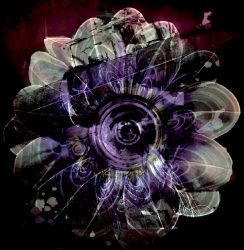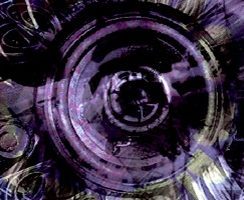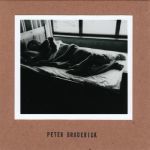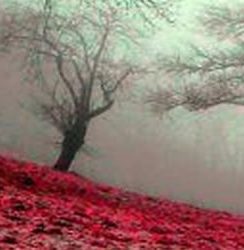Machinefabriek – Ax / Still
‘The Hardest Working Man in Showbusiness’.
Usually this refers to Funk Godfather James Brown, but if anyone else deserves this credit it would be Rutger ‘Machinefabriek‘ Zuydervelt.
From 2004, he has been releasing a steady stream of music, most of them self-released (often on 3-inch CDR’s with handcrafted artwork).
Though in itself his work is quite uncompromising, it did not stay unnoticed for long. Machinefabriek soon became one of Europe’s most important and acclaimed electronic artists.







